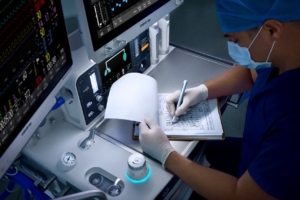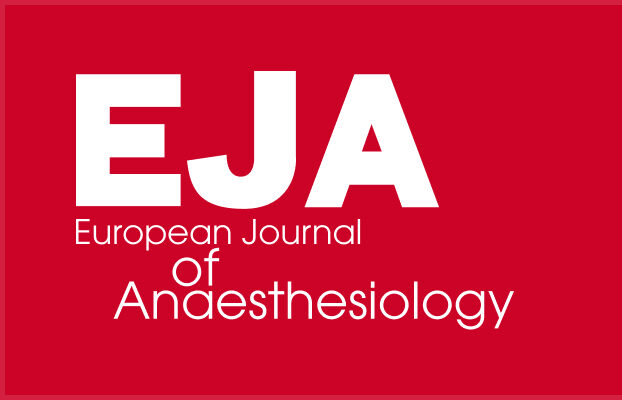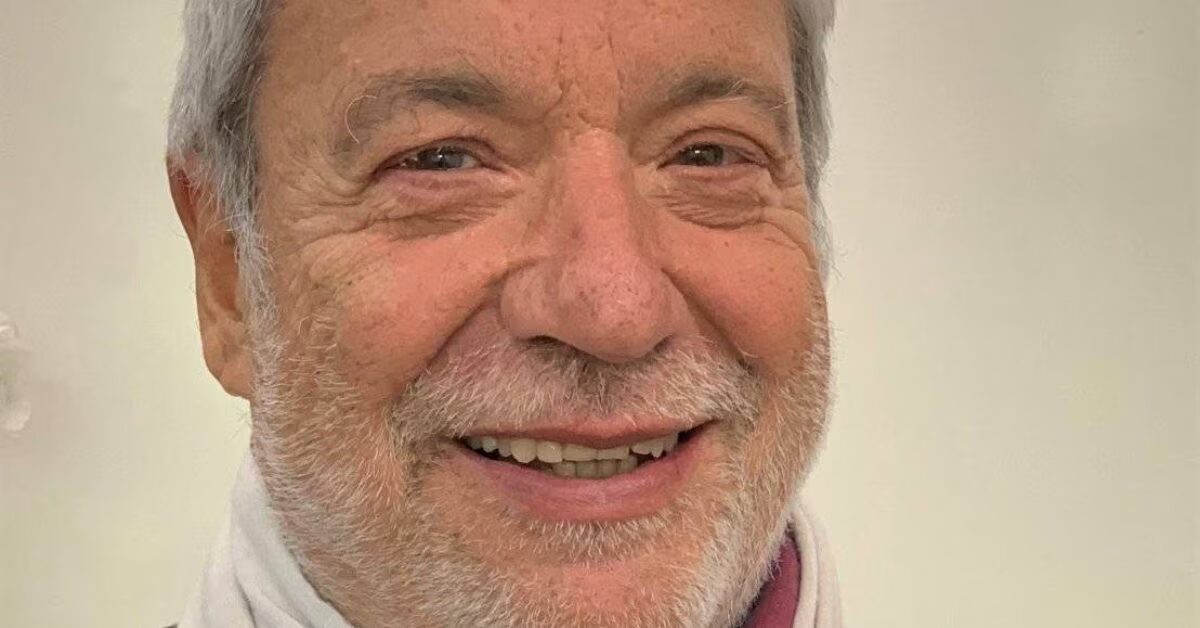ESAIC News
Lung Protective Ventilation during Anaesthesia

Lung protective ventilation is widely recognized as an effective strategy to keep the alveoli open while avoiding barotrauma. Commonly used strategies include low-tidal volume, optimal PEEP titration, and lung recruitment maneuvers [1].
Lower tidal volume
Although lower tidal volume is generally known as an effective strategy, in a recent clinical trial among adults undergoing major surgery, it did not significantly reduce PPCs within the first 7 days after surgery if the PEEP setting is fixed to 5 cmH2O, suggesting clinical outcomes may not improve with only low tidal volume strategy [2].
Optimal PEEP for individualized patient care
The optimal PEEP is defined as the PEEP setting that leads to the lowest intrapulmonary shunt without compromising cardiac output [3]. Evidence shows that transpulmonary pressure can be effectively used to guide PEEP setting. It is recommended to limit the transpulmonary pressure less than 20-25 cmH2O at the end of inspiratory to reduce lung strain overstretching of the alveoli [4].
But how do we better monitor transpulmonary pressure to make sure it stays on a proper level?
Recruitment maneuvers
A wide variety of recruitment maneuvers have been reported and used in practice, including sustained inflation, stepwise increase of tidal volume ventilation, incremental PEEP procedure, etc. The best recruitment maneuver technique may vary according to the specific patients and circumstances [1].
So how is lung recruitment properly done in the operating room?
To answer the questions above, read/download the full article at: https://www.mindray.com/en/static/euroanaesthesia2020.html
Or watch the A9 Anesthesia System Global Launch Event: https://youtu.be/XHnWbpG6GKc
References:
- Andreas Güldner, Thomas Kiss, Ary Serpa Neto, et al., Intraoperative Protective Mechanical Ventilation for Prevention of Postoperative Pulmonary Complications, Anesthesiology 2015; 123:692-713
- Dharshi Karalapillai, Laurence Weinberg, Philip Peyton et al., Effect of Intraoperative Low Tidal Volume vs Conventional Tidal Volume on Postoperative Pulmonary Complications in Patients Undergoing Major Surgery: A Randomized Clinical Trial, JAMA,. 2020 Sep 1;324 (9):848-858.
- M.J. Civetta, T.A. Barnes, L.O. Smith“Optimal PEEP” and intermittent mandatory ventilation in the treatment of acute respiratory failure. Respiratory Care 1975; 20: 551–7.
- Lorenzo Ball, Federico Costantino, Martina Fiorito, et al., Respiratory mechanics during general anaesthesia, Ann Transl Med 2018;6(19):379
Read More of our special newsletter covering our virtual congress
Visit our COVID-19 Resource Hub for other news and resources.











